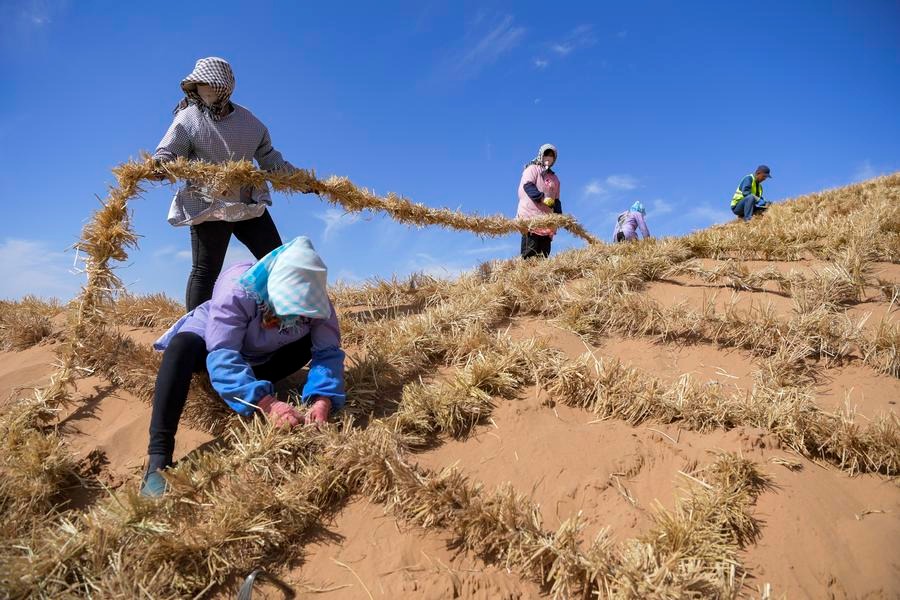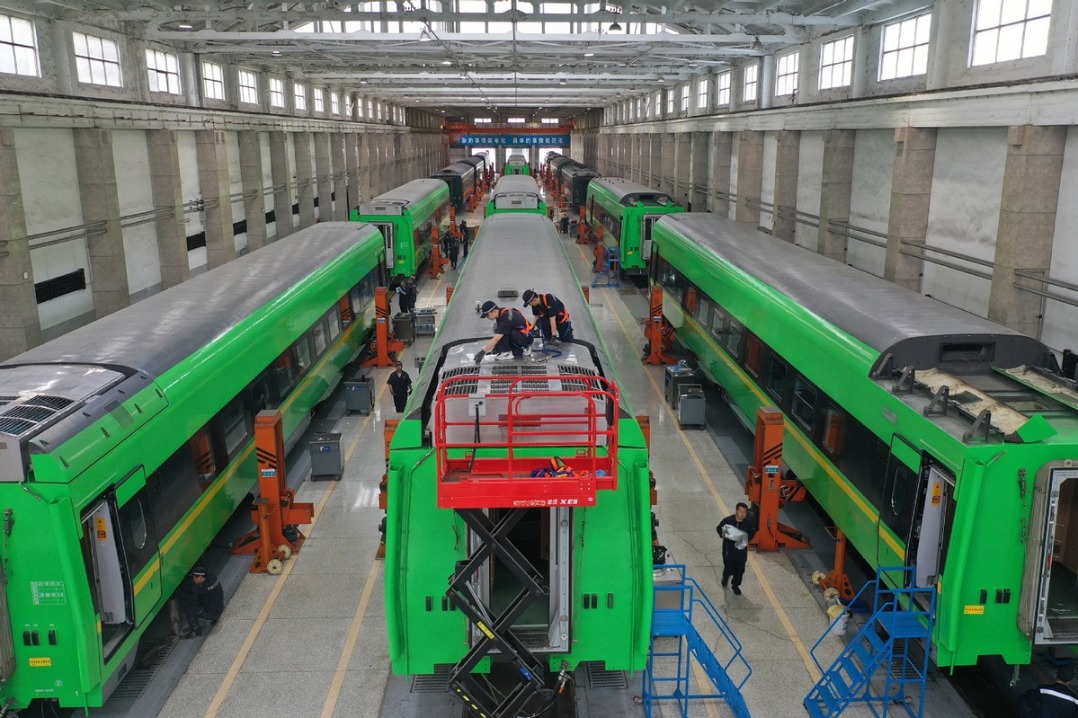Tibet seeks to balance nature, tourism


Since 2009, a total investment of 9.6 billion yuan ($1.4 billion) has been poured into ecological protection in the region. Last year alone, 1.14 billion yuan was invested, according to the regional government.
To better protect wildlife, it established a mechanism in 2015 under which farmers and herders who suffered losses caused by wild animals could get compensation. So far, 85 million yuan has been spent.
As for the future, Yao Tandong, director of the Chinese Academy of Sciences' Qinghai-Tibet Plateau Institute, proposed at the expo that more national parks should be established to make better use of tourism resources and protect the environment.
Thanks to surveys by the Qinghai-Tibet Plateau scientific study team, the region is considering the establishment of four national parks in the region, including Tibet's largest lake, Siling Co; Mount Qomolangma; the Yarlung Zangbo Grand Canyon; and the Earth Forest of the Guge Kingdom.
Once such scenic national parks are established, unified planning can be undertaken for their protection to minimize the damage of tourism on the environment, said Qizhala, the region's chairman.
- China accuses Philippines of illegal South China Sea incursion
- Top court helps resolve $10 million cross-border commercial dispute
- Former senior official of Jiangxi under investigation
- Guangxi positioned as key gateway for China's expansion into ASEAN and RCEP markets
- New Zealand PM anticipates a closer bilateral relationship
- Safe fishery production highlighted in national competition





































